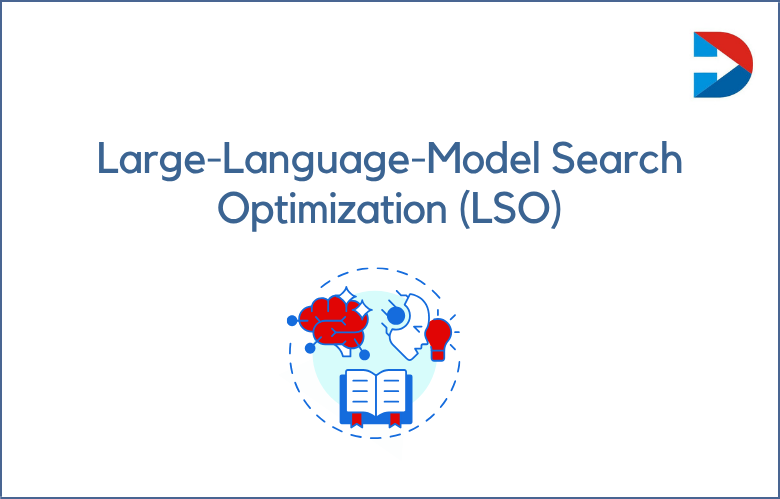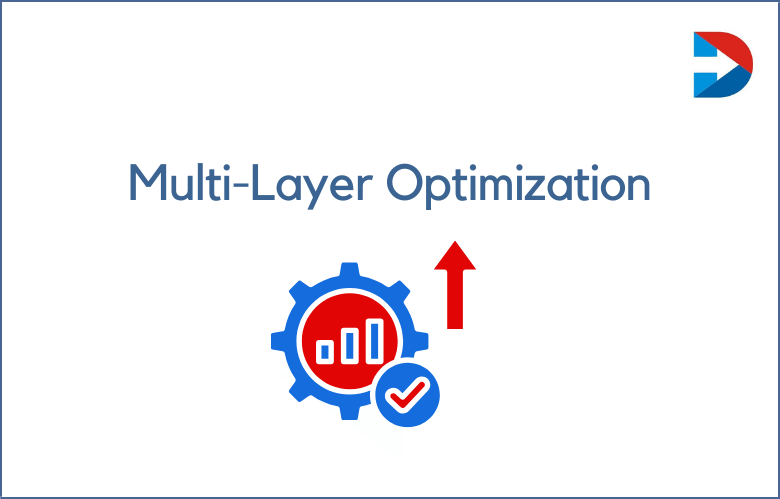
In today’s world, technology plays a vital role in everything we do. From shopping to education, everything happens online. The same case is valid for nonprofit organizations. Digital marketing is critical to their survival as it helps them connect with potential donors, announce their causes and impact, and keep existing donors engaged.
Nonprofits must ensure they have an online presence and utilize various digital channels to reach new supporters and maintain existing ones. In this blog post, we’ll explore why nonprofits must invest in digital marketing.
What is Digital Marketing for Nonprofits?
Digital marketing for nonprofits is leveraging digital channels to meet organizational goals, such as fundraising, advocacy, awareness, or engagement.
It involves using various digital channels, including social media, email, search engine optimization (SEO), search engine marketing (SEM), content marketing, and website optimization.
The primary aim of digital marketing for nonprofits is to increase visibility, connect with the target audience, and create a measurable impact.
Digital Marketing for Nonprofits: A Guide to Success
In today’s digital age, nonprofits must be as tech-savvy as for-profit organizations to reach their audiences and achieve their goals.
Digital marketing, or using technology to promote products or services, is essential for nonprofits to connect with their target audience, attract donors, and raise awareness about their causes.
In this blog post, we’ll explore the different digital marketing strategies nonprofits can use to successfully navigate the digital world, gain visibility, and achieve their mission.
Boost Your Nonprofit’s Growth with Digital Marketing.
In today’s world, digital marketing has become increasingly crucial for businesses and organizations. Nonprofits are no exception.
Adopting effective digital marketing strategies can help nonprofits build brand awareness, connect with donors and volunteers, and ultimately, grow their impact.
Whether new to digital marketing or looking to enhance your current efforts, this post will provide valuable insights and actionable tips to help your nonprofit succeed.
Digital Marketing for Nonprofits: How to Make Your Message Heard.
In today’s digital age, it’s more important than ever for nonprofits to have a solid online presence. Digital marketing can help you reach more potential donors and raise awareness for your cause.
However, many nonprofits need help with effectively implementing a digital marketing strategy. This blog post explores some best practices for nonprofit digital marketing and helps you make your message heard.
What are the Benefits of Digital Marketing for Nonprofits?
Reach more people
Traditional marketing methods cannot match the scope of digital marketing. With digital marketing, you can reach potential supporters beyond your locality and country.
Social media platforms like Facebook, Twitter, and Instagram have millions of users, making it easier for nonprofits to build awareness and engage with supporters worldwide.
By creating and sharing engaging content on digital channels, nonprofits can drive traffic to their website and reach more people.
Cost-effective
Nonprofits often have tight budgets, and digital marketing is an affordable way to promote their mission.
Digital marketing channels such as email marketing, social media marketing, and search engine optimization (SEO) are effective, and the cost of implementation is low. It’s much cheaper than traditional marketing methods like billboards or print media advertising.
Engage with more donors.
Digital marketing can help nonprofits create more meaningful engagement with their donors. It allows them to create personalized campaigns and communicate with donors based on their preferences.
Nonprofits can track interactions with donors using data analytics tools and tailor their communications accordingly. They can also build online communities to create a sense of belonging among their supporters.
Monitor Results
Digital marketing makes it easy to track campaign performance and make adjustments if necessary.
With tools like Google Analytics, nonprofits can measure website traffic, track conversions, and monitor engagement with their content.
The analysis shows nonprofits can modify their campaign strategies to boost their effectiveness and maximize engagement.
Build Trust and Transparency
Digital marketing can help nonprofits establish high trust and transparency with their supporters.
By communicating transparently about their mission, impact, and expenditures, nonprofits can demonstrate their accountability and earn the trust of their supporters.
Social media and other digital marketing channels provide easy ways to share real-time updates about fundraising campaigns and other initiatives.
Explore the Different Digital Marketing Strategies.
Define Your Goals:
Before starting with digital marketing, you must identify your goal. Is it raising funds for a particular project, increasing awareness about your cause, or attracting more volunteers?
Clear goals can help you choose the right digital marketing strategy. For instance, to raise funds, you can use email marketing campaigns, social media ads, or crowdfunding platforms to reach your target audience.
Know Your Audience:
It’s essential to understand your target audience when planning for digital marketing. What are their interests, preferences, and online behavior? This information can help you tailor your digital marketing strategy to ensure your message resonates with your audience.
For instance, if your target audience comprises young people, you should focus on social media marketing, as this is where they spend most of their time.
Create Compelling Content:
The content you create must be engaging, informative, and emotionally appealing. It should inspire your audience to take action, whether donating, volunteering, or spreading the word about your cause.
Your content can come in various forms, such as blog posts, videos, infographics, or podcasts, depending on what works best for your audience.
Leverage Social Media:
Social media platforms like Facebook, Twitter, Instagram, and LinkedIn can help you reach a broader audience, create engagement, and drive traffic to your website or donation page.
To succeed on social media, you must create a content calendar, post regularly, engage with your followers, and track your performance metrics.
Measure and Optimize:
Every digital marketing strategy needs to be revised, and the only way to know what works best for your nonprofit is to track your performance metrics continually.
You must measure your website traffic, social media engagement, email open rates, and conversion rates. Once you have this data, you can optimize your digital marketing strategy and improve your outcomes.
Conclusion:
In conclusion, digital marketing can be a game-changer for nonprofits seeking a positive impact. By investing in digital marketing, nonprofits can reach a broader audience, engage with their supporters, and monitor their performance.
Nonprofits can also create meaningful relationships with donors and build transparency and trust. So, it’s high time for nonprofits to jump on the digital marketing bandwagon and make their presence felt.



